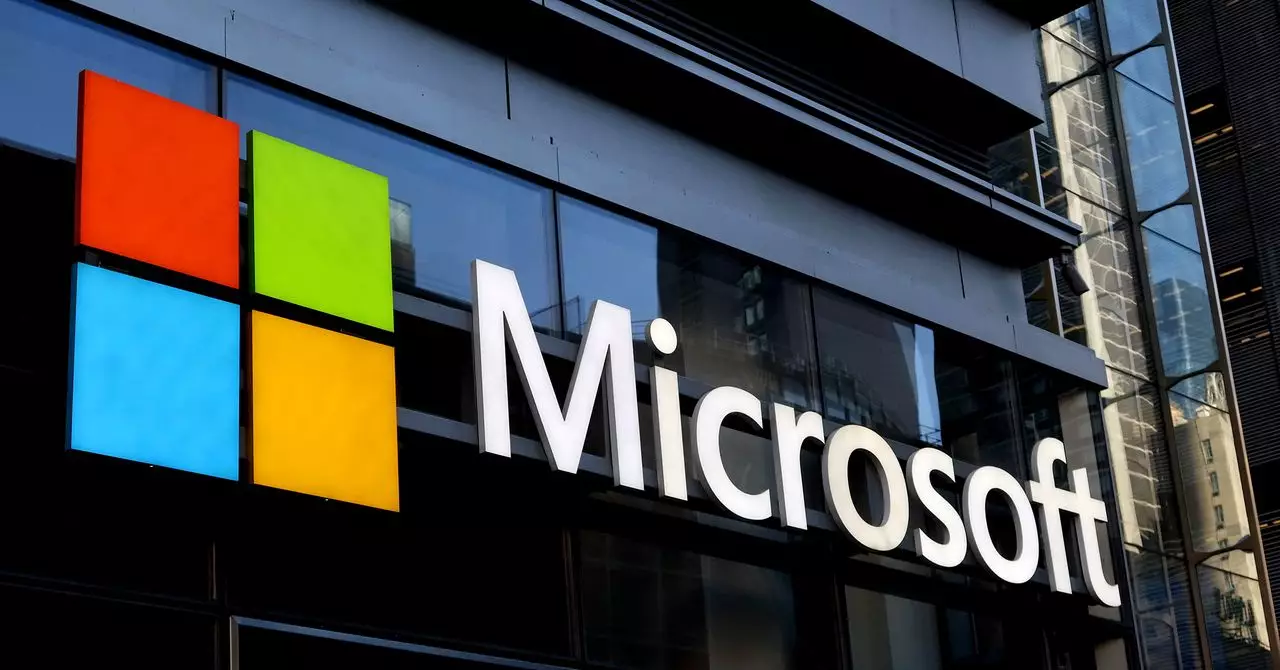In a remarkable demonstration of artificial intelligence’s potential to transform healthcare, Microsoft has unveiled a diagnostic system that surpasses the accuracy and cost-efficiency of human doctors by a significant margin. This breakthrough is not just an incremental upgrade but a paradigm shift, as the system—dubbed the MAI Diagnostic Orchestrator (MAI-DxO)—mimics the collaborative reasoning process of multiple physicians, elevating AI from a mere assistant to a quasi-expert diagnostician. Rather than relying on a single AI model, the orchestrator blends insights from some of the strongest AI players in the field—OpenAI’s GPT, Google’s Gemini, Anthropic’s Claude, Meta’s Llama, and xAI’s Grok—simultaneously. This multi-agent approach is Microsoft’s bold vision for achieving what CEO Mustafa Suleyman terms “medical superintelligence.”
Extracting Real Expertise from Synthetic Minds
What makes Microsoft’s approach more credible and impactful is its attempt to replicate not just the outcomes of medical diagnoses, but the actual cognitive process that clinicians use when assessing patients. By using 304 real-world clinical cases from the New England Journal of Medicine, the Sequential Diagnosis Benchmark (SDBench) was created to simulate stepwise diagnostic questioning—an approach that had previously been difficult for AI systems to emulate. This nuanced chain-of-thought strategy forces the system to evaluate symptoms, suggest tests, and refine hypotheses much like human doctors do, rather than producing blunt or overly generic answers. As a result, MAI-DxO achieved an impressive 80% diagnostic accuracy, tripling the roughly 20% accuracy seen in comparable panels of physicians working under test conditions.
Cost-Efficiency: A Crucial Advantage for Health Systems
Equally striking is the system’s ability to reduce healthcare expenditures by about 20%. This is achieved by intelligently selecting cheaper, yet sufficiently informative, tests and procedures within the diagnostic workflow. In a country like the United States, where spiraling healthcare costs are a persistent crisis, this feature alone could revolutionize how medical decisions are made, potentially easing financial strains on both patients and providers. It suggests AI is not only poised to improve clinical outcomes but also to optimize resource allocation in often wasteful medical environments. This dual expertise in both efficacy and economics is rare, underscoring Microsoft’s significant accomplishment.
Talent Wars Fueling Innovation and Ethical Scrutiny
Behind such innovation lies an intense competition for AI talent, highlighted by Microsoft’s recruitment of researchers who previously worked on Google’s AI projects. Mustafa Suleyman’s own trajectory from Google AI executive to leading Microsoft’s AI health division reflects how the war for expertise is shaping the future of medical technology. However, this same pace of innovation invites caution. While the latest multimodal AI technologies promise more comprehensive diagnostic capabilities, they also risk exacerbating biases embedded in training data—especially since much medical data still skews toward certain demographics. Microsoft has yet to clarify how it will address these ethical concerns, which represent one of the most vexing challenges AI faces in healthcare adoption.
From Pilot to Practice: The Next Frontier
Despite the breakthrough results, Microsoft remains measured about commercialization, considering integrations such as embedding MAI-DxO’s abilities into Bing or rolling out tools to assist healthcare professionals in clinical decisions. These pilot explorations reflect a prudent mindset amid a landscape where the stakes—patient outcomes and trust—are exceptionally high. Rather than rushing, Microsoft plans to invest the next few years validating and refining the system within real-world settings. This approach is wise, given that the jump from artificial diagnostic success in controlled environments to consistent, safe, and accepted use in clinical practice is notoriously challenging.
Transformative Potential or Overhyped Promise?
Although Microsoft’s AI system represents a tremendous technical feat, skepticism remains warranted. Diagnostics is a complex interplay of experience, intuition, and contextual awareness that currently escapes data-driven models. Moreover, the reported 80% accuracy, while excellent, implies a 20% failure rate—an unacceptably high margin when lives are on the line. It’s crucial to acknowledge the difference between “better than human doctors under test conditions” and “reliable in the messy, unpredictable real world.” Nonetheless, the development signals an unavoidable trajectory where AI will become an indispensable collaborator in medicine. If carefully integrated, with rigorous ethical oversight and continuous real-world evaluation, Microsoft’s orchestrated AI could indeed herald a new era where technology empowers clinicians to deliver better, faster, and more equitable care.
In the meantime, this milestone echoes a broader narrative in AI-driven healthcare—one that challenges the traditional gatekeepers of medical knowledge, demands a rethink in training and regulatory frameworks, and ultimately proposes a future where medical expertise is augmented by intelligent systems that learn, reason, and collaborate beyond what any individual human can achieve.


Leave a Reply